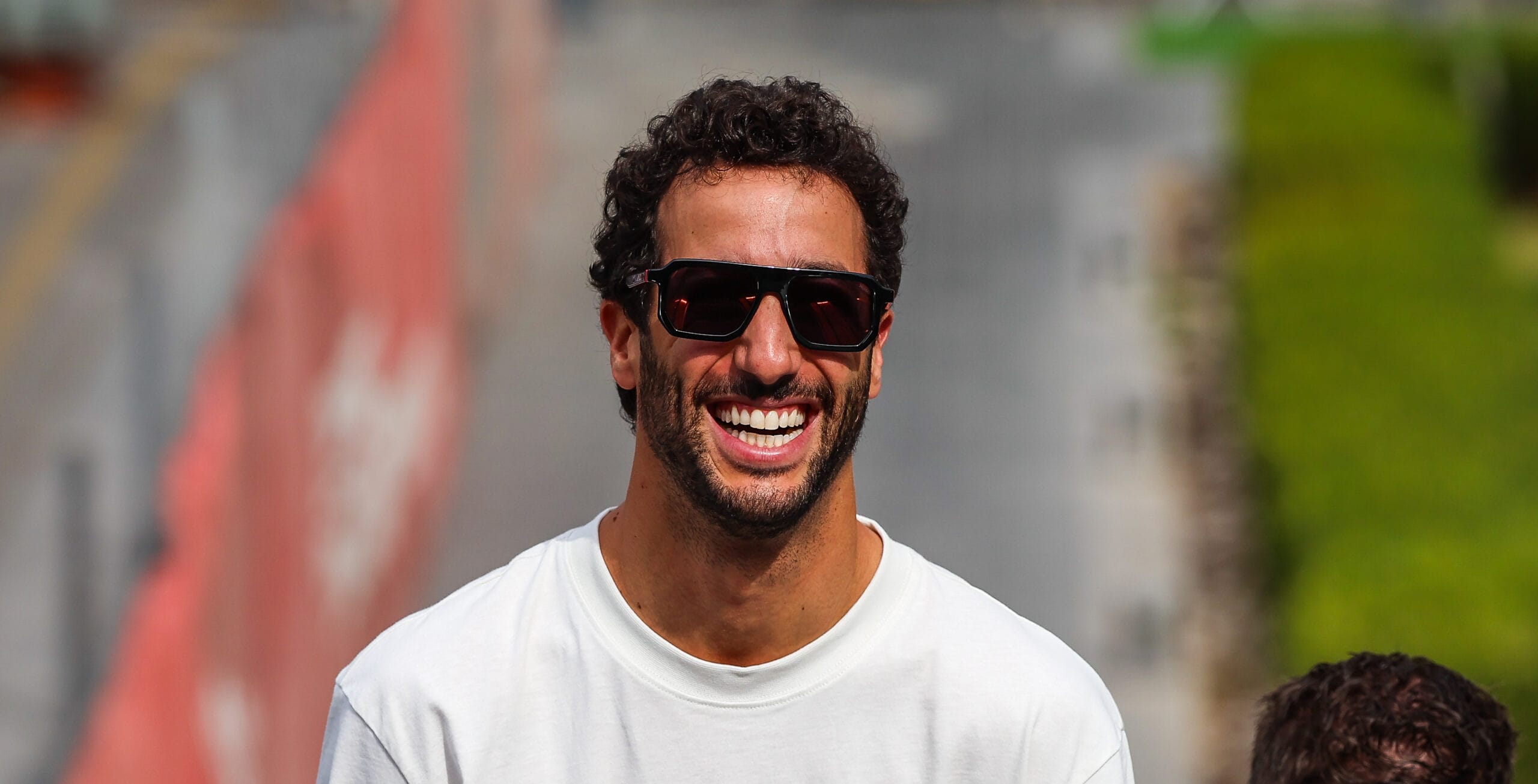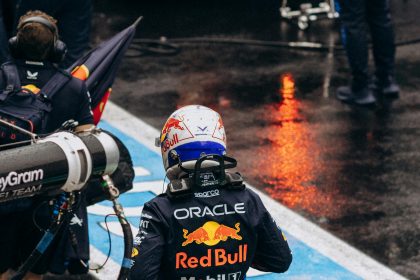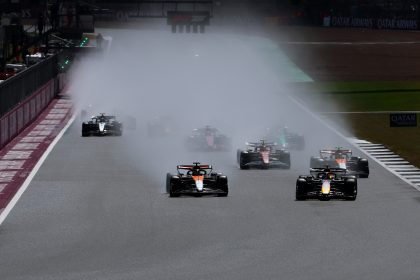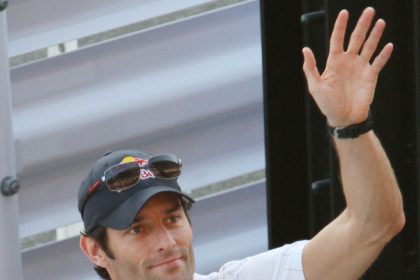If you ever needed proof that Formula 1 is as much about the stories off the track as the speed on it, look no further than the headlines of July 2025. In a single week, we’ve seen Daniel Ricciardo—once the sport’s sunniest overtaker—reflect on life after the chequered flag, Alpine’s management eyeing Valtteri Bottas for a rescue mission, and a global fan survey revealing that the sport’s heart now beats to a new, younger, and more diverse rhythm. The grid may be as fast as ever, but the real drama is unfolding in the margins, in the paddock, and in the minds of fans who are, for the first time, shaping the future as much as the drivers themselves.
- The Slow Lane: Ricciardo’s Gentle Exit
- Bottas: The Perennial Number Two, Alpine’s Possible Number One
- The Fan Revolution: F1’s New Demographic
- Silly Season, Eternal: The Never-Ending Driver Market
- Alpine: A Team in Search of Itself
- The Austrian Grand Prix: Norris’ Perfection, Mercedes’ Malaise
- The Numbers Game: Ricciardo, Bottas, and the Weight of History
- Waste a Bit More Time
The Slow Lane: Ricciardo’s Gentle Exit
Daniel Ricciardo, the man who once made late-braking into an art form and grinned his way through the paddock, has found himself in a place few F1 drivers ever reach: contentment outside the cockpit. Months after his last race at the 2024 Singapore Grand Prix, Ricciardo is enjoying some life in the slow lane, as he told reporters at Buckmore Park, where he now mentors young karters in the Daniel Ricciardo Series.
“I’m just enjoying some life in the slow lane. I mean, it sounds weird saying like retirement when I’m 35 years old, but retirement from at least the world I was living in. It’s cool.”
Daniel Ricciardo
It’s a far cry from the Ricciardo who, in 2014, burst onto the scene at Red Bull, snatching three wins from the jaws of Mercedes dominance. His career, spanning over 200 races, 10 wins, and 26 podiums, was defined by audacious overtakes and a refusal to be cowed by reputations—just ask Sebastian Vettel, who found himself outscored by the Australian in their first year as teammates.
But the last few years were less kind. A difficult spell at McLaren, a brief resurgence at AlphaTauri (now Racing Bulls), and finally, the unceremonious replacement by Liam Lawson after Singapore 2024. Ricciardo’s story is a reminder that in Formula 1, the line between hero and has-been is as thin as a carbon fibre front wing.
And yet, there’s a serenity in Ricciardo’s new role. At Buckmore Park, surrounded by the next generation, he reflected:
“It’s nice to be back at like the grassroots of it and the most pure form of racing… My best friend to this day was a friend that I raced karts with. It’s nice to be back at like the grassroots of it and the most pure form of racing.”
Daniel Ricciardo
For a sport obsessed with youth and speed, Ricciardo’s gentle exit is a rare, almost poetic, coda. He’s not the first to find peace away from the grid—think of Mika Häkkinen’s quiet retreat or Jenson Button’s foray into triathlons—but few have done it with such public grace.
Bottas: The Perennial Number Two, Alpine’s Possible Number One
While Ricciardo finds solace in the slow lane, Valtteri Bottas is stuck in the Formula 1 equivalent of airport limbo: the reserve driver lounge. Once Lewis Hamilton’s loyal wingman at Mercedes, Bottas now finds himself the subject of Alpine’s latest driver market intrigue.
Alpine, in a state of perpetual “transition” (a word that in F1 usually means “we’re lost, send help”), has reportedly enquired about Bottas’ availability for 2026. With Pierre Gasly locked in and rookie Franco Colapinto struggling to make an impact, Flavio Briatore—yes, that Flavio, back from the wilderness—wants experience and stability as the team prepares to switch to Mercedes power.
“Briatore finds the team’s currently level of performance concerning. With Alpine locked to the bottom of the Constructors’ Championship, he wants short-term progress soon.”
Lawrence Barretto, F1 Correspondent
Bottas, with 10 wins, 67 podiums, and 20 poles, is the archetype of the modern F1 professional: fast, reliable, and utterly unflappable. His years at Mercedes were spent in the shadow of Hamilton, but his contribution to the team’s dominance was undeniable. Now, as Mercedes’ reserve and development driver, he’s kept his hand in, even testing a McLaren earlier this year.
The irony, of course, is that Bottas was once the beneficiary of a mid-season scramble—replacing Nico Rosberg after the latter’s shock retirement in 2016. Now, he’s the experienced hand Alpine hopes can steady a ship that’s been taking on water since, well, about 2010.
The Fan Revolution: F1’s New Demographic
If Ricciardo and Bottas are reminders of F1’s cyclical nature, the 2025 Global F1 Fan Survey is a sign that the sport’s future may look nothing like its past. Conducted by Motorsport Network and Formula 1, the survey polled over 100,000 fans in 186 countries. The results? Formula 1 is no longer just the domain of European petrolheads and middle-aged men with encyclopedic knowledge of turbo lag.
- Female fans now account for 3 in 4 new fans.
- Nearly half of Gen Z respondents are women.
- 70% of US Gen Z fans engage with F1 content daily.
- 94% of all respondents plan to follow F1 in five years.
The sport’s emotional pull is stronger than ever: 90% say they’re emotionally invested in race outcomes, and 61% engage with F1 content daily. The entry points are changing, too—streaming, social media, and the narrative drama of series like “Drive to Survive” are drawing in new fans who stay for the speed and spectacle.
“Gen Z, women, and US fans are driving an always-on, connected, and culturally powerful era for F1. It points to how we can better serve fans, connect them with partners, and seize the biggest commercial opportunities for the sport’s future.”
Werner Brell, CEO of Motorsport Network
The rise of the F1 Academy, the all-female racing platform, is emblematic of this shift. Among women, 42% already follow the series, making it the second-most-followed after F1 itself. The message is clear: representation matters, and the sport is finally listening.
Silly Season, Eternal: The Never-Ending Driver Market
Of course, it wouldn’t be Formula 1 without a bit of “silly season” speculation. This year, the rumour mill is working overtime: Mercedes reportedly in “conversations” with Max Verstappen (which Christian Horner dismissed as “a lot of noise”), George Russell’s contract talks dragging on, and Cadillac eyeing Bottas for their 2026 debut.
If you think this is new, think again. F1’s history is littered with dramatic driver moves and contract sagas:
- 1994: Ayrton Senna’s tragic death led to a carousel of replacements at Williams and Benetton.
- 2007: The “Spygate” scandal and Alonso-Hamilton rivalry tore McLaren apart.
- 2016: Nico Rosberg’s shock retirement forced Mercedes to poach Bottas from Williams.
- 2022: The Oscar Piastri contract saga saw Alpine lose their star junior to McLaren in a very public legal battle.
The lesson? In Formula 1, the only constant is change—and the only thing faster than the cars is the rumour mill.
Alpine: A Team in Search of Itself
Alpine’s current predicament is a microcosm of its turbulent history. Born as Renault in 1977, the team pioneered turbo engines, won titles with Alonso in 2005 and 2006, and then spent the next two decades oscillating between glory and mediocrity. Management changes, rebrands (Lotus, Renault, Alpine), and a revolving door of drivers have left the team with an identity crisis.
The switch to Mercedes engines in 2026 is supposed to herald a new era, but as history shows, a new power unit is no panacea. Just ask McLaren, who spent years lost in the wilderness after their ill-fated Honda reunion.
If Bottas does join, he’ll be following in the footsteps of drivers like Alonso, Räikkönen, and Ricciardo—big names lured by the promise of a renaissance that never quite materialized. Still, hope springs eternal in Enstone.
The Austrian Grand Prix: Norris’ Perfection, Mercedes’ Malaise
Amidst all the off-track drama, there was, of course, a race. The Austrian Grand Prix saw Lando Norris convert pole into victory with a “statement performance,” while Mercedes’ George Russell finished a distant fifth, more than a minute behind the McLarens.
Mercedes’ woes were laid bare: tyre overheating, setup missteps, and a car that melted in the Austrian sun. Toto Wolff, ever the pragmatist, summed it up:
“We tried something extreme: in Montreal it worked, here it didn’t. We could have used last year’s set-up and maybe, I don’t know, we would have finished on the podium.”
Toto Wolff
It’s a reminder that in F1, yesterday’s genius is today’s folly. The sport moves on, and those who stand still are left behind.
The Numbers Game: Ricciardo, Bottas, and the Weight of History
Let’s put some numbers to the narrative:
| Driver | Races | Wins | Podiums | Poles | Fastest Laps | Best Finish | Teams (F1) |
|---|---|---|---|---|---|---|---|
| Daniel Ricciardo | 214 | 10 | 26 | 3 | 16 | 3rd (2014) | HRT, Toro Rosso, Red Bull, Renault, McLaren, AlphaTauri |
| Valtteri Bottas | 236 | 10 | 67 | 20 | 19 | 2nd (2019) | Williams, Mercedes, Alfa Romeo |
Both men are reminders that Formula 1 is a sport of fine margins. Ricciardo, the overtaker par excellence, and Bottas, the ultimate team player—each has tasted glory, each has known disappointment. Their stories are, in many ways, the story of modern F1: brilliant, brutal, and always moving forward.
Waste a Bit More Time
If you’ve made it this far, you’re clearly as addicted to the drama as the rest of us. Here’s where you can dive deeper:
- Read the full Ricciardo interview and see him with the next generation of racers: Ricciardo ‘enjoying life in the slow lane’ as he shares update on … – F1
- Get the inside scoop on Alpine’s driver market moves: DRIVER MARKET: Why Alpine have enquired about Bottas’ availability
- Explore the 2025 Global F1 Fan Survey and see how the sport is changing: Formula 1 and Motorsport Network unveil 2025 Global F1 Fan Survey
- Watch the latest Power Rankings and see who delivered perfection in Austria: POWER RANKINGS: Who delivered perfection at the Austrian Grand Prix?
- For a taste of the rumour mill in action, see Horner’s response to Verstappen-Mercedes chatter: Horner responds over Verstappen Mercedes ‘conversations’ – F1
And if you want to see the next Ricciardo or Bottas in action, you could do worse than a trip to your local kart track. Just remember: in Formula 1, the only thing faster than the cars is the pace of change.












